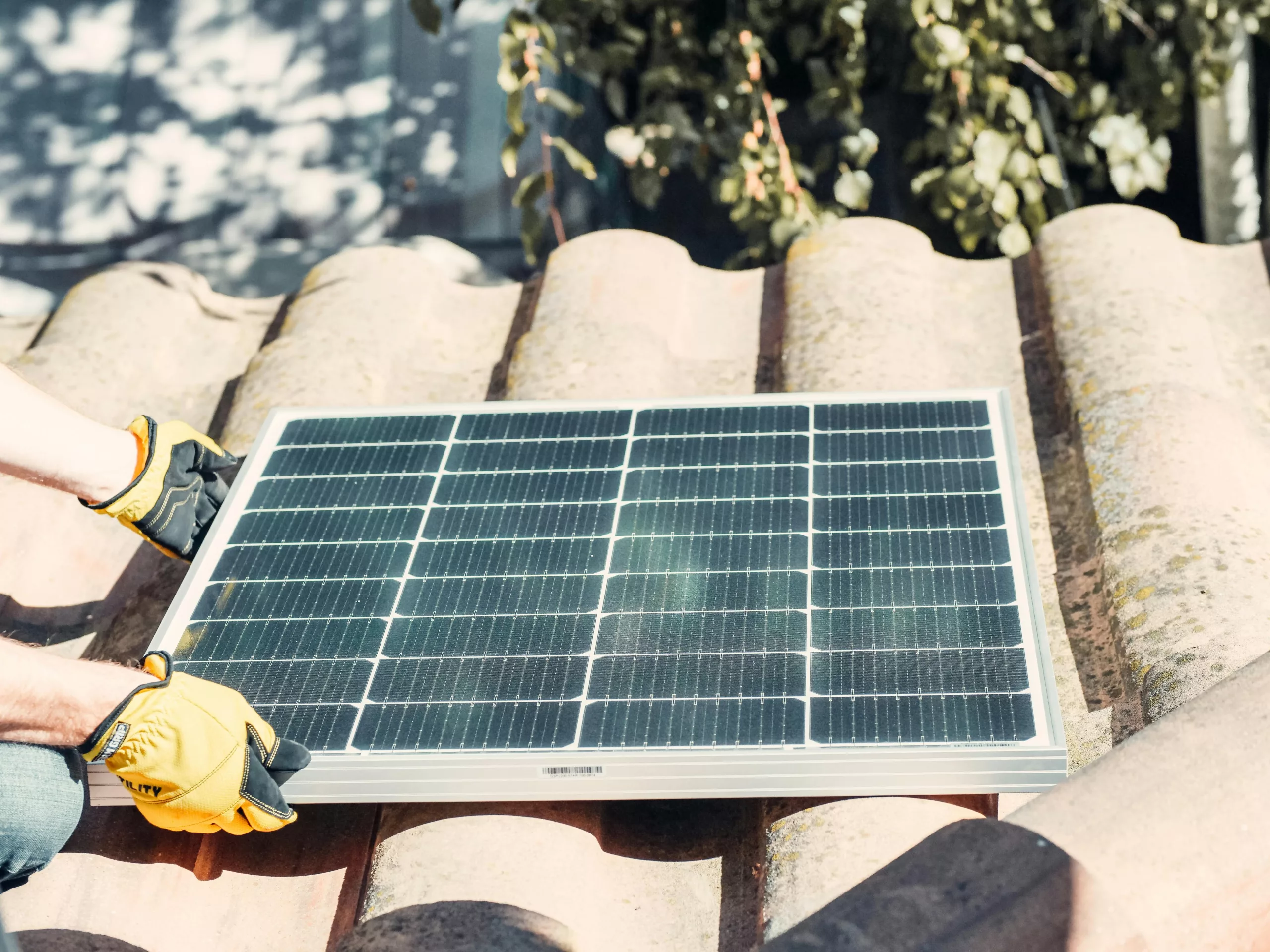Researchers spearheaded by the Massachusetts Institute of Technology (MIT) have unlocked critical insights into optimizing perovskite solar cells, representing a pivotal step in solar energy innovation. Perovskites, a promising alternative to traditional silicon solar cells, boast remarkable efficiency and lower production costs, and additionally, they can be deployed on both rigid and flexible substrates. These newly discovered tuning techniques for surface properties may propel perovskites from experimental to commercial success.
Perovskite Solar Cells: The Next Generation of Renewable Energy
Perovskite solar cells are not only capable of disrupting the way we harness solar energy due to their efficiency and cost-effectiveness, but their adaptability also allows them to integrate into urban settings and mobile, remote energy solutions. Nevertheless, their widespread adoption has been impeded by longevity concerns and efficiency losses when scaled up. This is where the ground-breaking research from MIT and international collaborators steps in, aiming to resolve these persistent issues.
Breakthrough Research to Enhance Perovskite Solar Cell Longevity
The study published in Nature Energy uncovers methods to overcome the twin challenges that perovskite solar cells face: maintaining durability and high efficiency over larger areas. Dane deQuilettes, a key figure behind the study, emphasizes the importance of this research in understanding and improving energy retention at perovskite surfaces, a milestone for the field. With the traditional silicon solar cells setting a high bar for reliability, extending over decades of use, perovskites have lagged behind, often degrading after only a few years. The research zeroes in on the nanoscale engineering of these cells to significantly prolong their life and improve their efficiency.
The Secret to Stabilizing Perovskite Solar Cells
A critical element of this MIT-led study is a process called ‘passivation,’ aimed at stabilizing perovskite surfaces and interfaces. Such passivation helps mitigate cell degradation and extends their efficiency lifespan. By skillfully altering the interfaces within the cell, where the perovskite meets other materials, researchers have unveiled ways to boost stability and cell performance. This advancement is monumental, as it offers a comprehensive understanding of the degradation mechanisms, paving the way for perovskite solar cells that could outshine silicon-based alternatives in price-performance and versatility.
The Path Toward Commercial Viability
The implications of this research transcend academic circles, setting the stage for real-world commercial applications of perovskite solar cells. Vladimir Bulovic, MIT professor, envisions this as the dawn of perovskite solar cells entering the market, with future advancements enhancing their capabilities exponentially. Moreover, he envisions perovskites as complementing silicon photovoltaics (PV), rather than competing, ultimately catalyzing a swift transition to solar electricity.
In conclusion, MIT’s international collaborative effort has laid a foundation upon which perovskite solar cells may soon emerge as a viable and diverse option in the solar energy portfolio. This breakthrough holds the potential to not only enhance the performance and adaptability of solar cells but also to accelerate the global adoption of solar energy.
